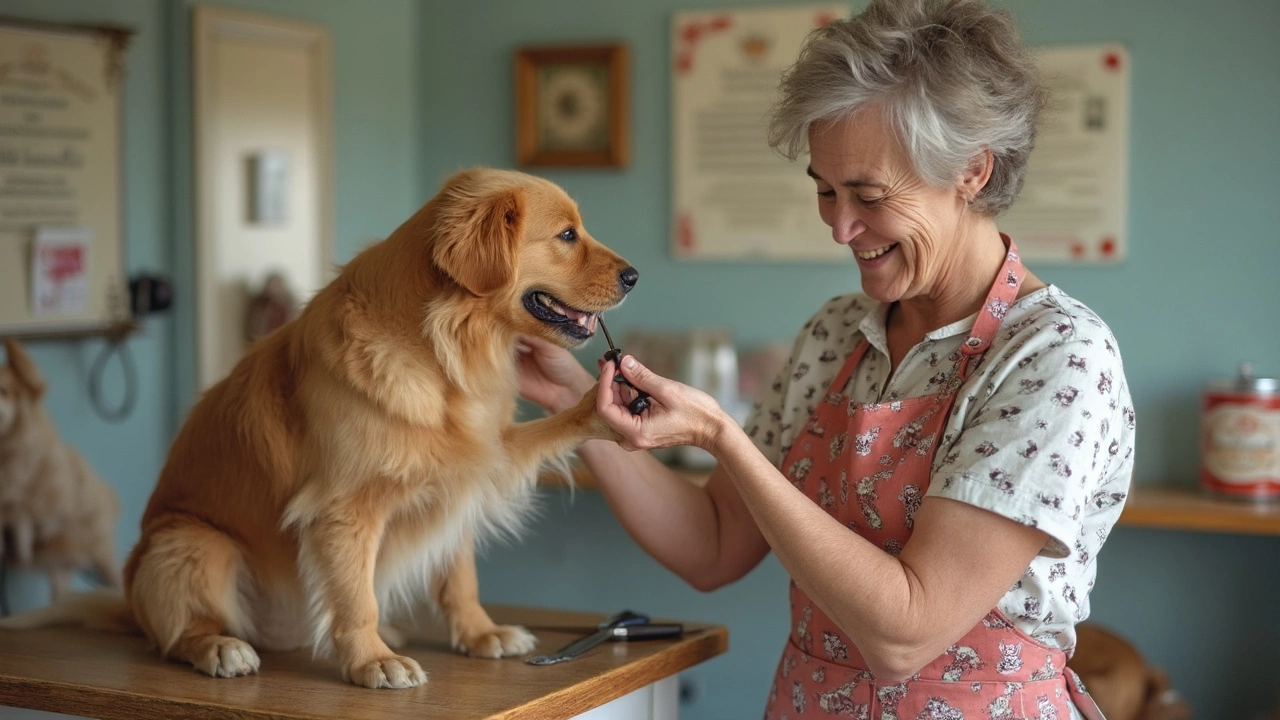Tipping Etiquette: Simple Rules for Every Situation
Tip talk can feel awkward, especially if you’re not sure what’s expected. Whether you’re at a café, ordering food online, or getting a haircut, knowing the right move saves embarrassment and shows appreciation. Below you’ll find easy‑to‑follow advice that works in the UK and most places where tipping is common.
When Should You Tip?
First, ask yourself if the service is optional or expected. In restaurants, a tip is usually part of the bill if a service charge is added; if it’s not, a 10‑15% tip is standard. For delivery drivers, a small cash tip or adding it to the app works well, especially during bad weather. Hairdressers, nail technicians, and massage therapists also appreciate a tip for a job well done.
Some services don’t rely on tips at all. Grocery store cashiers, self‑service kiosks, and most retail staff fall into that group. If there’s a clear service charge, you can skip the extra tip; otherwise, a modest amount is a nice gesture.
How Much Should You Tip?
Restaurant diners typically leave 10‑15% of the pre‑tax total. If the service was excellent, bump it up to 20%. For takeout, a 5% tip or rounding up the total works fine. Delivery drivers usually get 10% of the order, but many people add £2–£5 for short trips or tough conditions.
Personal services like haircuts follow a similar rule: 10‑15% of the cost. If you’re getting a package of services (e.g., a spa day), consider tipping each individual provider. When in doubt, round up the bill – it’s quick, easy, and usually appreciated.
One quick tip: keep a few small bills or coins handy. It makes tipping spontaneous and avoids the scramble for change once you’re at the door.
Special Cases and Common Mistakes
When traveling abroad, tipping norms can differ dramatically. In some European countries, a service charge is already included, so extra tips are optional. In the US, tipping is more ingrained, and no tip can feel like a snub. A good rule of thumb is to research the destination’s customs before you go.
Don’t tip based on the cost of the food alone if you’re sharing a large order. Calculate the tip on the total bill so the service staff gets fairly compensated for the full workload.
Avoid over‑tipping when the service is poor – it’s okay to adjust the amount or skip it entirely if you’ve had a bad experience. Just be polite; you can mention the issue to the manager instead of leaving a low tip.
Lastly, remember that tips are a thank‑you, not a tax. You don’t need a receipt for your tip, but it’s nice to let the staff know you appreciate them.
With these basics, you’ll navigate any tipping situation with confidence. Keep the guidelines handy, adjust for the local culture, and you’ll always leave a good impression while supporting the people who make your experience better.

Do You Tip for Dog Nail Trim? Here's What You Should Know
Navigating the etiquette of tipping for dog nail trimming can be confusing. While tipping is often customary for personal services, it's not always clear if this applies to pet grooming. This article explores whether you should tip those who groom your furry friend. It covers the practices in the dog grooming industry and provides useful tips on how much to tip if you decide to do so.
View more